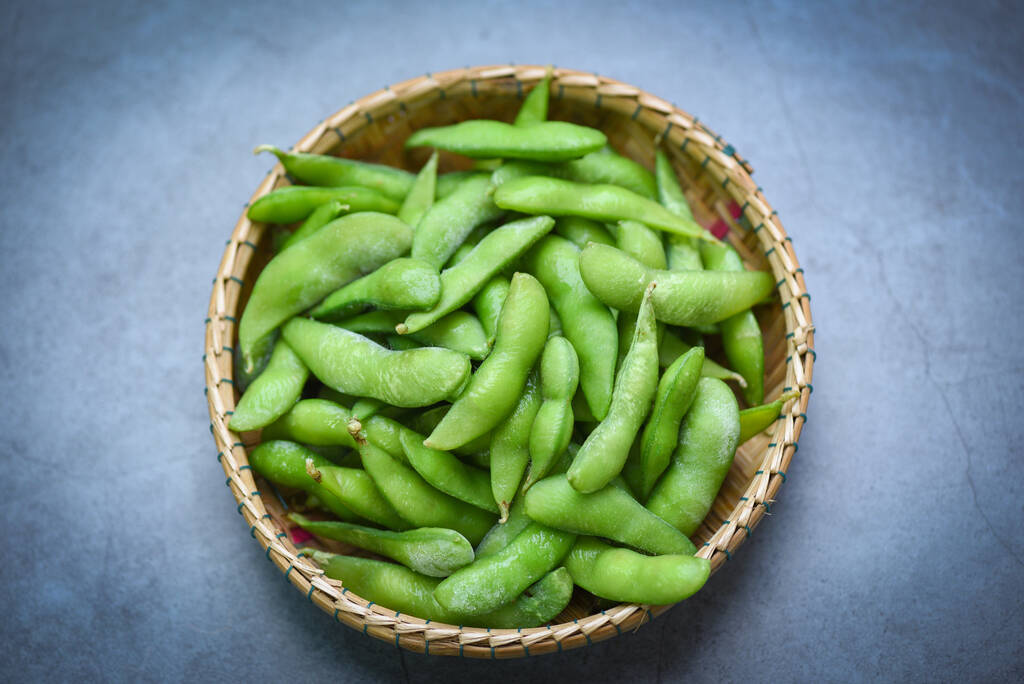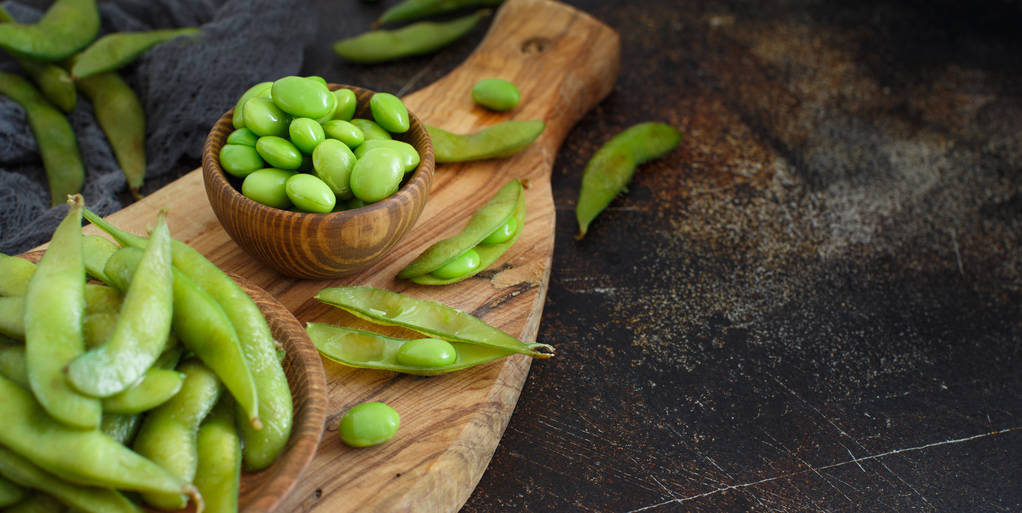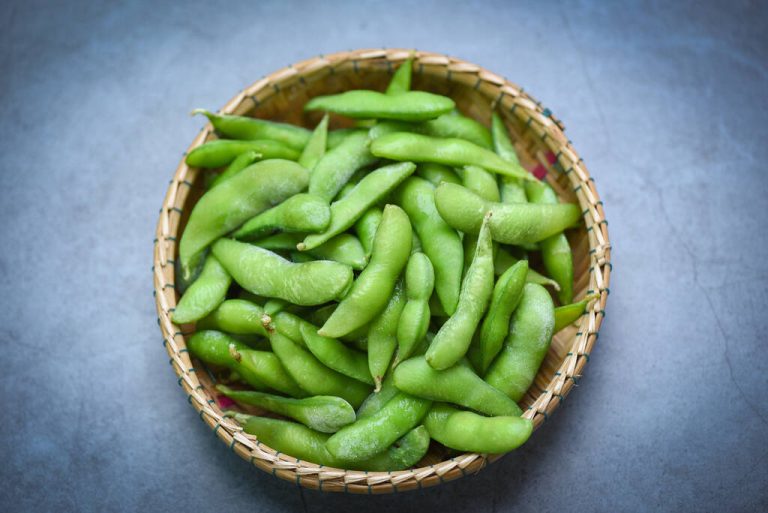Edamame are unripe green soybeans and originally come from Japan. We reveal what you should pay attention to when buying, growing and preparing.
Edamame means “bean on a branch”. The soybean, also known under the name “lucky bean”, is often referred to as a superfood in this country because of its high protein and fiber content. However, the eco-balance is not good due to the long transport routes, among other things.

Nutritional Values of Edamame: Lots of proteins and amino acids
Edamame not only contains many proteins, but also nine important amino acids: histidine, isoleucine, leucine, lysine, methionine, phenylalanine, threonine, tryptophan and valine.
Nutritional values of 100 g edamame:
125 calories
12 grams of protein
13 grams of carbohydrates
4 grams of fat
This makes edamame particularly suitable as a filling supplement and for a low-carb diet.
Growing Edamame: Also possible in your own garden
Even if the soybean is mainly cultivated in Asia, it also grows in the Central European climate. That’s exactly what the Taifun project “1,000 Gardens” found out. As soon as it is above 10 degrees overnight (from around April) and the weather forecast predicts this for at least another week, you can start sowing your soybeans.
According to the project description, you should consider the following when growing:
Make a furrow about 3-4 cm deep.
Put a soybean every 2 cm.
Cover the beans with soil and gently press down.
Water the beans when it doesn’t rain.
It is also recommended to install a protection against birds and rabbits.
Soybeans can be sown until June. You can usually harvest about two months after sowing. Since edamame are immature soybeans, you should take care to harvest them when they are still green and have fine hairs.

Prepare Edamame: As a snack recipe or side dish
Edamame is traditionally eaten as a starter, snack or as a side dish. The preparation is very simple:
The unripe green beans, including the pod, are boiled in salted water for five minutes so that they are still nice and crunchy.
The still moist pods are then sprinkled with coarse sea salt. The pod should still be wet so the salt can stick and form a salt crust.
You can refine edamame by drizzling it with chili and lime juice or with sesame oil and Tabasco. A combination of sesame oil, lime juice and soy sauce also tastes delicious.
The pods are not eaten. Although the whole pod is cooked, only the beans in the pod are edible. At this point, manual work is required and you have to free the beans from the pod by puffing them up. Many also “suck” them out of the pod – one more reason to pay attention to organic quality.

